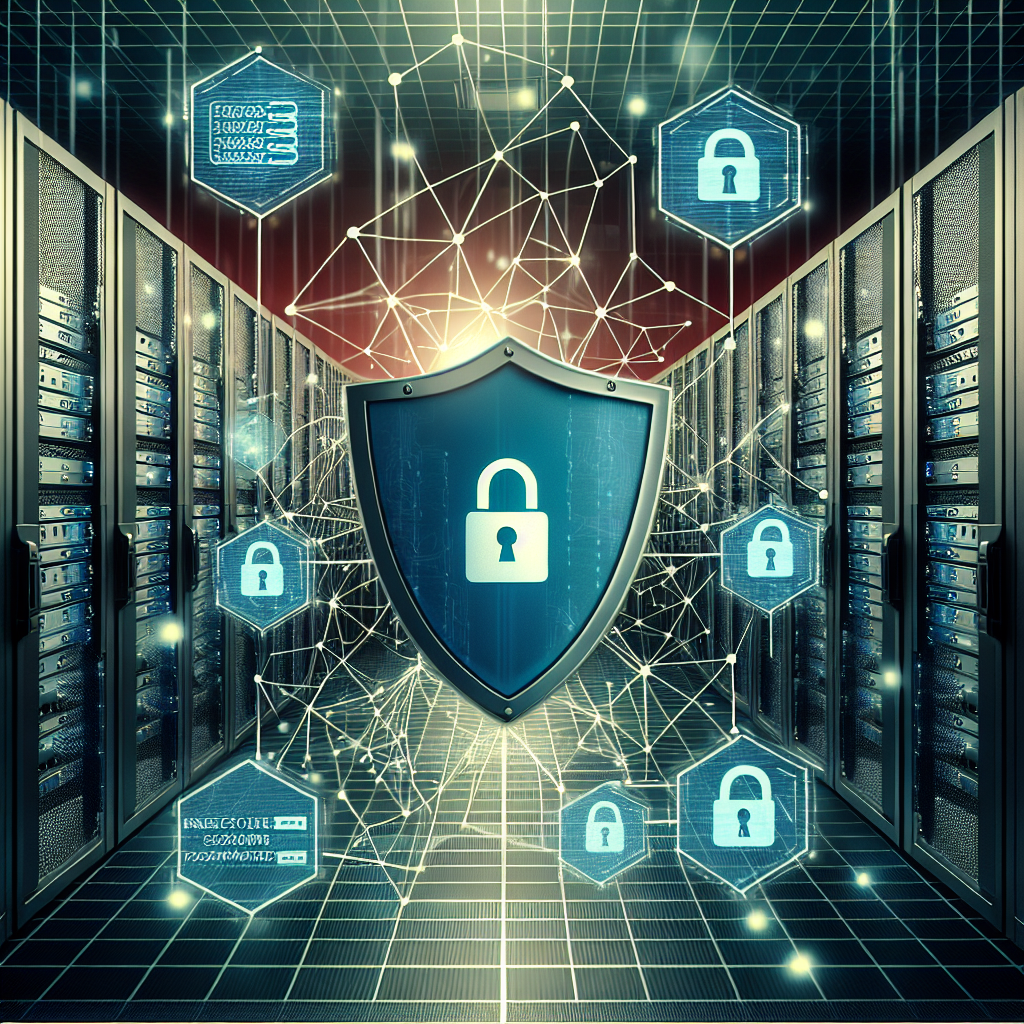Your cart is currently empty!
Best Practices for Maintaining a Secure IT Infrastructure

In today’s digital age, maintaining a secure IT infrastructure is more important than ever. With cyber threats constantly evolving, it’s crucial for businesses to stay ahead of potential attacks by implementing best practices for security. Here are some tips for maintaining a secure IT infrastructure:
1. Regularly update software and hardware: Keeping your software and hardware up to date is essential for preventing vulnerabilities that hackers can exploit. Make sure to install security patches and updates as soon as they become available.
2. Implement strong password policies: Enforcing strong password policies is a simple yet effective way to enhance security. Require employees to create complex passwords and change them regularly. Consider implementing multi-factor authentication for an added layer of protection.
3. Conduct regular security audits: Regular security audits can help identify potential vulnerabilities in your IT infrastructure. Conducting penetration testing and vulnerability assessments can help you pinpoint weaknesses and address them before they are exploited by cybercriminals.
4. Educate employees on security best practices: Human error is one of the leading causes of security breaches. Educate your employees on security best practices, such as not clicking on suspicious links or attachments, using secure Wi-Fi networks, and reporting any suspicious activity to the IT department.
5. Backup data regularly: Data backups are crucial for ensuring business continuity in the event of a security breach or data loss. Make sure to regularly backup your data and store it in a secure location, either on-premises or in the cloud.
6. Monitor network traffic: Monitoring network traffic can help you detect and respond to potential security threats in real-time. Use intrusion detection systems and security information and event management (SIEM) tools to monitor network activity and identify any suspicious behavior.
7. Limit access to sensitive data: Restricting access to sensitive data is essential for preventing unauthorized access. Implement role-based access controls to ensure that employees only have access to the data and systems they need to perform their job duties.
By following these best practices for maintaining a secure IT infrastructure, businesses can reduce the risk of cyberattacks and protect their sensitive data. Investing in security measures now can help prevent costly data breaches in the future and safeguard your business’s reputation.

Leave a Reply